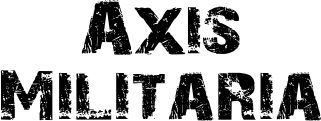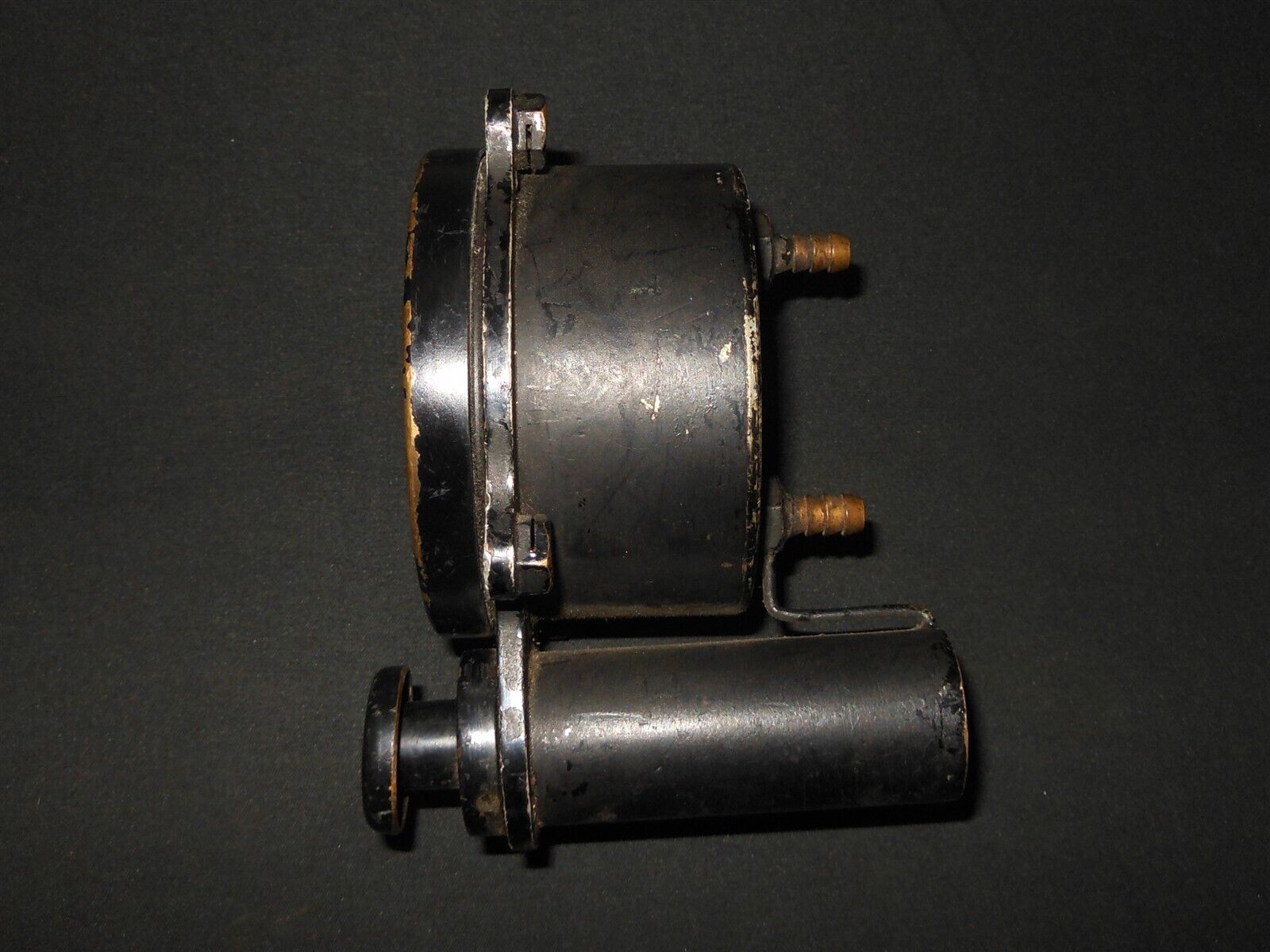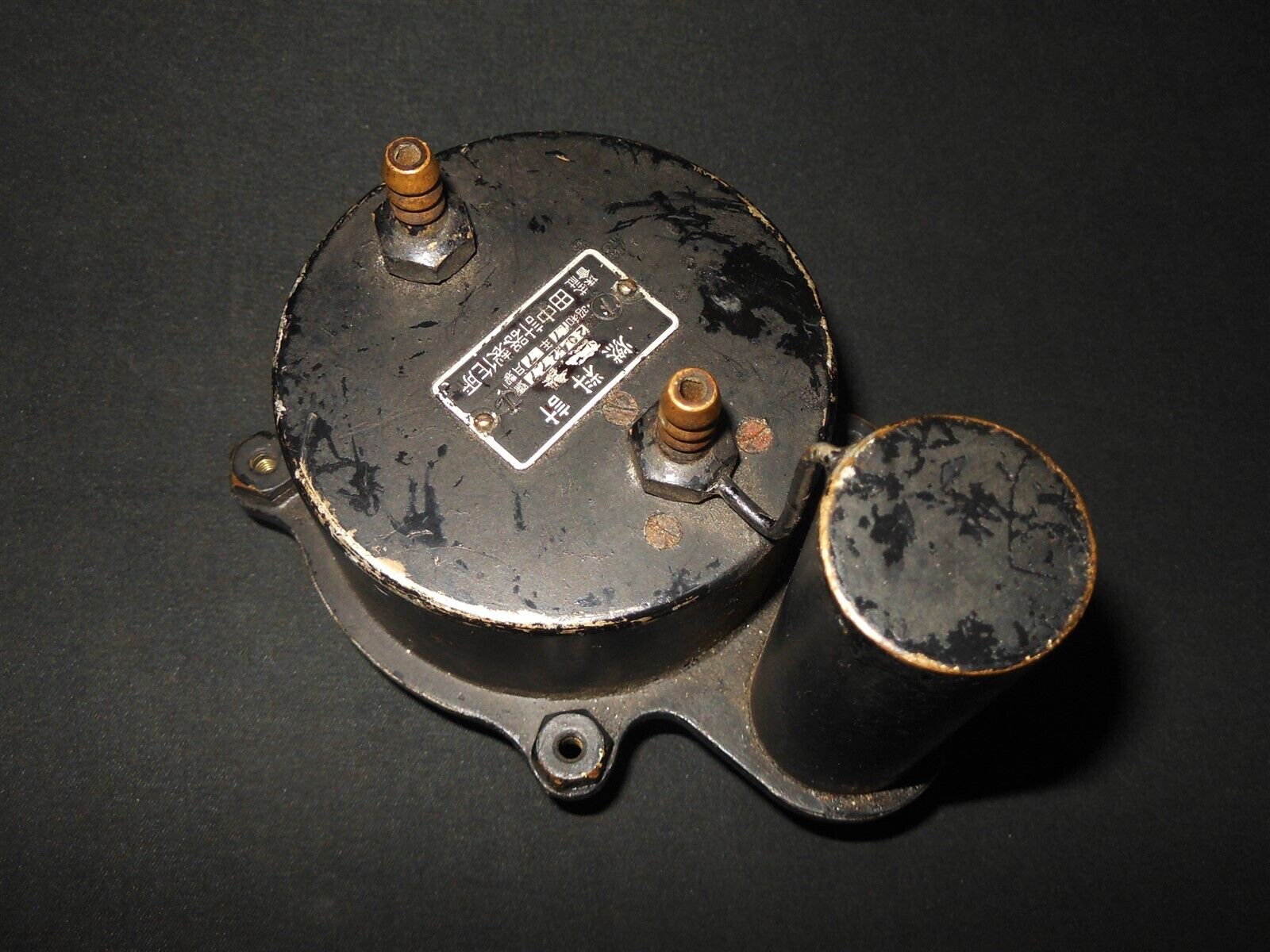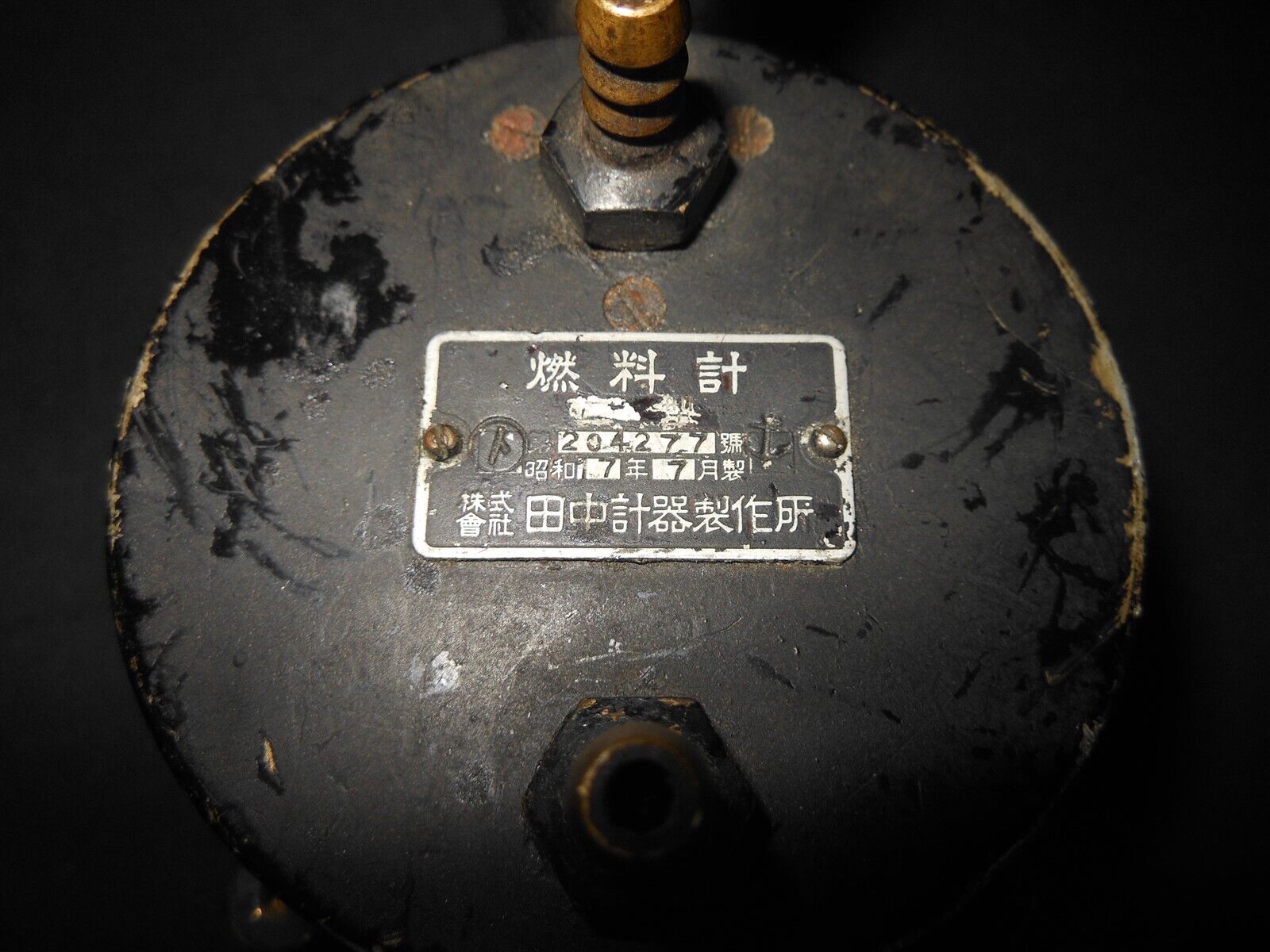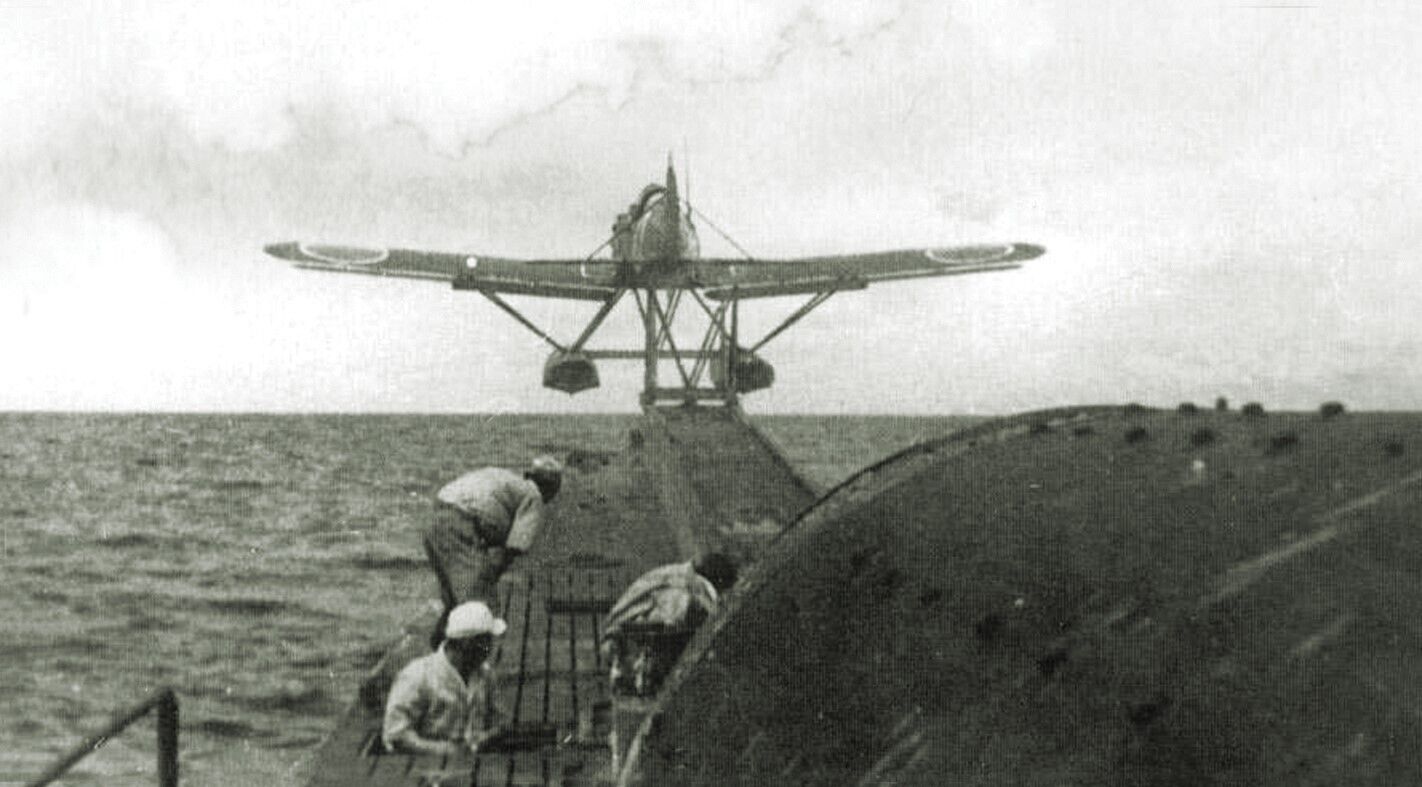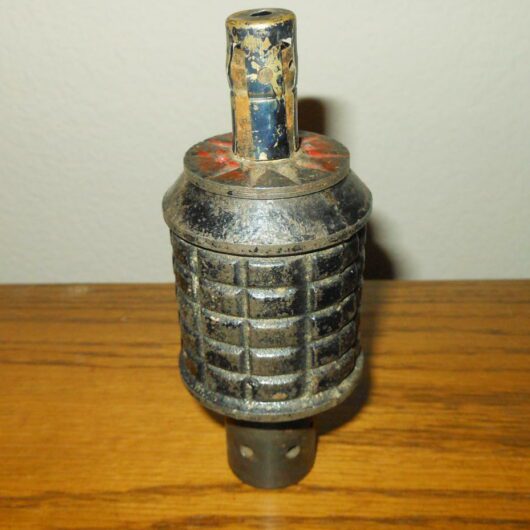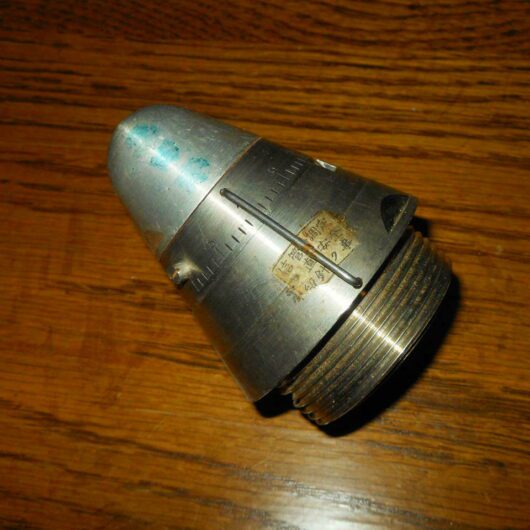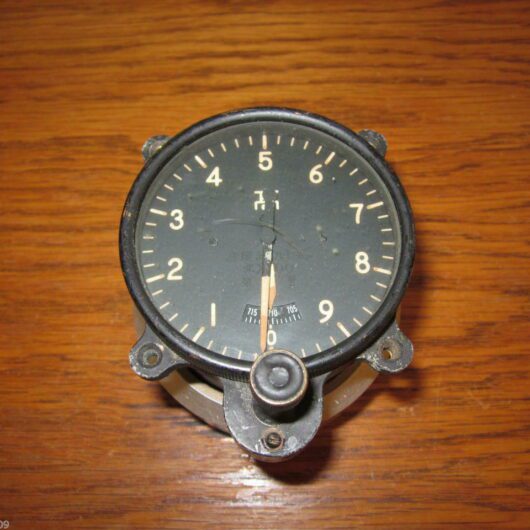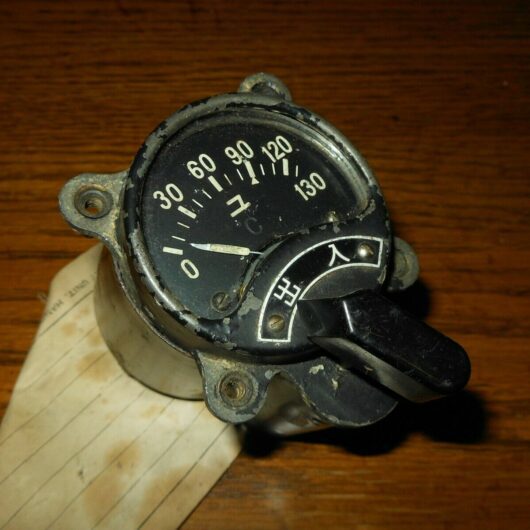Description
This instrument measured the current Fuel Quantity. It was located on the main instrument panel of the aircraft.
The Yokosuka E14Y (Allied reporting name Glen) was an Imperial Japanese Navy reconnaissance seaplane transported aboard and launched from Japanese submarine aircraft carriers such as the I-25 during World War II. The Japanese Navy designation was “Type 0 Small Reconnaissance Seaplane”.
The E14Y was used for several Japanese reconnaissance missions during the Pacific War.
On 26 February 1942 the Japanese submarine I-25, under the command of Captain Akiji Tagami, was off the northern tip of King Island in Bass Strait off the coast of Victoria, Australia, when an E14Y was launched on a reconnaissance flight over the Port of Melbourne. The pilot and observer/gunner were in the air for three hours, during which time they successfully flew over Port Phillip Bay and observed the ships at anchor off Melbourne before returning to land on its floats beside the submarine, where it was winched aboard and disassembled.
The E14Y is the only Japanese aircraft to overfly New Zealand during World War II (and only the second enemy aircraft after the German Friedrichshafen FF.33 ‘Wölfchen’ during World War I). On 8 March 1942 Warrant Officer Nobuo Fujita photographed the Allied build-up in Wellington harbour in a “Glen” launched from the Japanese submarine I-25. On 13 March he flew over Auckland, before the I-25 proceeded to Australia. On the night of 24/25 May Warrant Officer Susumo Ito flew a “Glen” over Auckland from the Japanese submarine I-21. Just days later, in the same aircraft, Ito flew the reconnaissance flight preceding the sole Japanese attack on Sydney Harbour in which 21 seamen were killed when HMAS Kuttabul sank on 1 June 1942.
Type A1 submarine I-9 was caught off the New Zealand coast in early 1943; however, no Japanese aircraft was observed, and any records of overflights were lost when the submarine was sunk.
The E14Y also has the distinction of being the only submarine-based aircraft to drop bombs on the United States during World War II, in an incident known as The Lookout Air Raid. On 9 September 1942 , Chief Warrant Officer Nobuo Fujita, a pilot in the Japanese Imperial Navy, and his crewman, Petty Officer Shoji Okuda, surfaced in submarine I-25 off the coast of Oregon near Brookings. The seaplane had folding wings and was transported in a watertight capsule attached to the deck of the submarine. The bombs – 76 kg (168 lb) incendiaries intended to cause forest fires – caused no injuries or real damage.
A total of 126 E14Ys were produced, and no examples survived the war.
Made of brass, aluminum, and steel by Tanaka, this instrument is of mid-war manufacture. It was taken from a downed Japanese aircraft by a US Serviceman during the war. It still retains 95% of it’s original finish, as well as the original data plate! Data plate indicates a date of 1942. There are some slight marks and scratches due to the age, but nothing that takes away from the overall appearance. The dial still glows when UV light is applied. red warning indicator. Like most Japanese instruments, this item is VERY rare and would be a FANTASTIC addition to any Japanese Instrument Collection!
